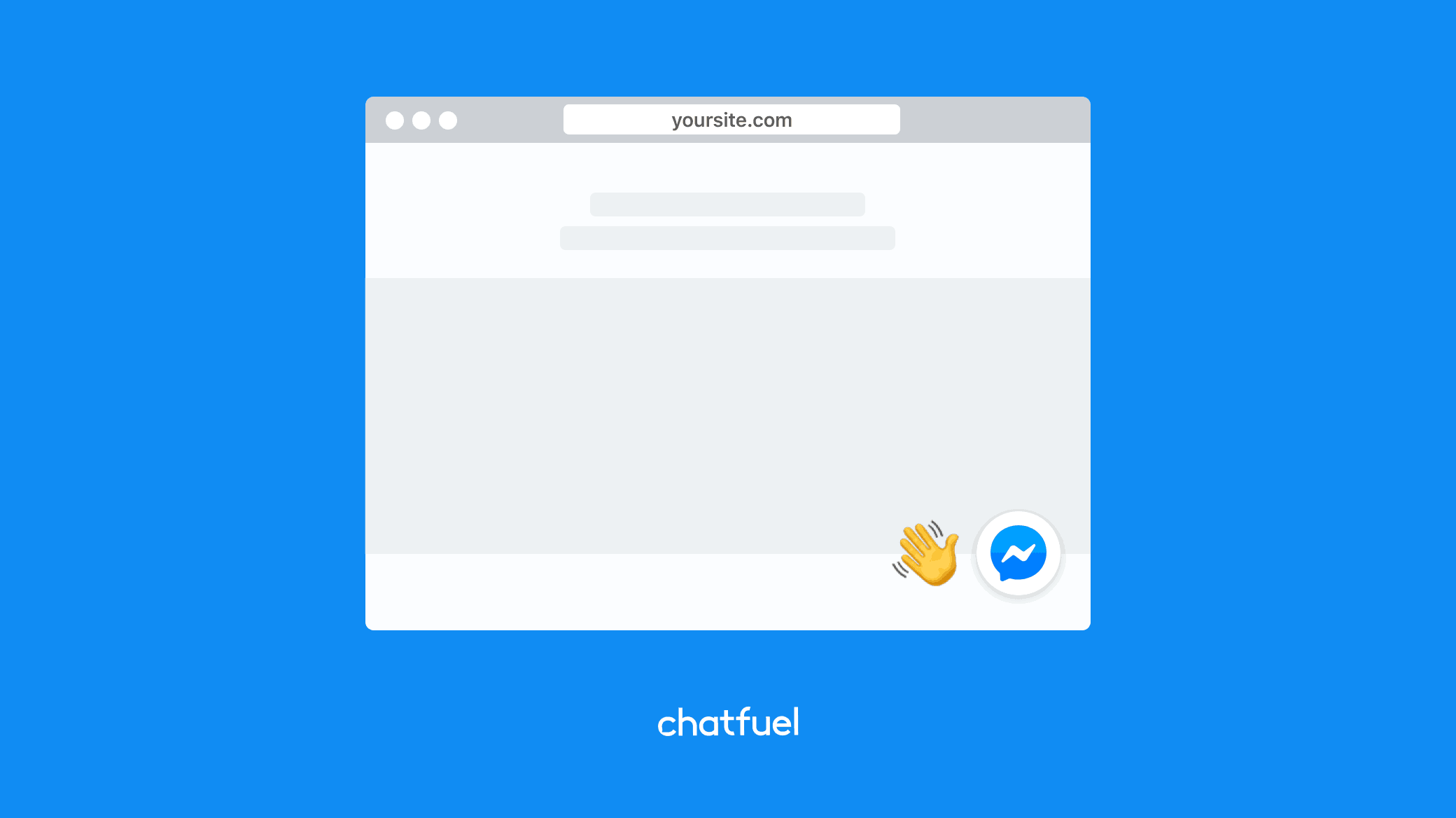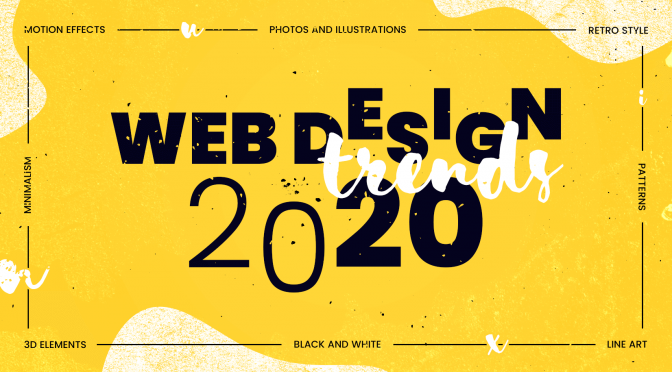10 Web Design Trends in 2020 You Need to Follow to Win Hearts of Your Visitors
Unlike the past decades, people are spending more hours on their smartphones to search, buy products and services, post comments and queries, and feed the curiosity. Terms like AR (Augmented Reality), VR (Virtual Reality), AI (Artificial Intelligence), and AMP (Accelerated Mobile Pages) are no more strange concepts now. Creative web designs that involve asymmetrical layouts, bold color schemes, and hamburger menus are leaving a strong impression on the audience. Thanks to machine learning and other technological advancements, websites are becoming smarter than ever. The list is long and enough to overwhelm anyone. To keep you abreast with the latest trends in web design and development, we have scoured and compiled the most followed web design trends that are being embraced openly by the web developer community and to which online viewership is also responding very well. So, without meandering, let’s take a glimpse of how you can make your website outstanding, current, user-friendly, aesthetically appealing, and more engaging.
10 Latest Trends in Web Design and Development
- Micro- Interactions
- Natural, Organic Shapes
- intelligent Chatbots
- Minimalistic Approach
- Thumb-Friendly Navigation
- Bold Color Schemes
- Clear, Strong, and Bold Typography
- Videos and Moving background
- Transition
- Retro Design/Outline
1. Micro-Interactions – to make your web pages more inviting
Micro-interactions are the secret to make your website more surprising and inviting to visitors. When you take a small action on your website/app and you receive a specific response in exchange, it is referred to as micro-interaction. When you go to your Facebook account, you see the red icon displaying your notification count, it is micro-interaction. When you send a message to your friend on WhatsApp and you see blue ticks, it is also a micro-interaction.
While, in the past, these micro-interactions were limited to apps, they are now being welcomed with the latest trends in web design and development on web pages also. Using micro-interactions like scrolling animations and chimes is a great way to make your web pages look smarter and engage the audience for more time.
2. Natural, Organic Shapes – to give a sense of comfort and accessibility
Symmetric and sharp geometric figures like squares, rectangles, and triangles are no longer the norms for web pages. Even though they do create a sense of stability, modern web designers are more inclined towards natural shapes and smooth lines. Organic figures such as curving forms of trees and paint splatter are naturally imperfect and asymmetrical and therefore, they have the power of giving depth and spontaneity to a web page. Besides, they make web designs feel more human and vibrant.
3. Intelligent Chatbots – to start a conversation with your audience
The trend of chatbots has been fluctuating in past years but in today’s time, they are finally coming under the spotlight. They are getting more efficient and intelligent due to advancements in AI and machine learning. Consequently, web developers are using them on web pages with a high level of customization.

In fact, the influx of friendly mascots is expected in the coming years to represent brands with a personable face.
4. Minimalistic Approach – make space and say no to overcrowding
Minimalism is dominating the digital backdrop these days. It makes a web design classic, cleaner, and gives more liberty to space out the content. The fewer distractions on the website, the less your visitors and customers have to think or process. It makes it easier to dive into details. With the aid of animations, fade-in effects, more whitespace, contrast, and clear typography, one can easily make scrolling more interesting and engaging.
5. Thumb-Friendly Navigation – to enhance mobile users’ experience
All of us know that mobile browsing is taking over the desktop browsing. So, it makes sense to create a design that is thumb-friendly. Josh Clark has discussed in his book “Designing for Touch” about his investigations on how people hold their mobile phones and how their finger and thumb movements should be incorporated in the web design process.
The Mobile-friendly view is already in trend but to succeed in that area, you need to focus on thumb-friendly navigation. So, users will be seeing the navigation that is tailored to thumb movements. One great example of this is locating hamburger menus on the bottom of mobile screens.
6. Bold Color Schemes – a color palette can make or break the look
The color scheme of your website makes an instant impression on the visitors. It influences how an audience views your website. Besides, color also plays a big role in your brand identity. Nowadays, bright colors are getting much trendier in the list of latest web design and development trends as they are proving to attract attention immediately and entice people to engage with your website. Thus, if the color palette of your website is neutral or outdated, it’s time to give it a pop and lively look.
Apart from using a bold color scheme, web designers are also developing interest in using the black and white palette to bring a unique experience.
7. Clear, Strong, and Bold Typography – for a more subtle view
Bold typography is gaining momentum as it adds flair and character to your website. Previously, it was common to see sans serif on screens due to its clean readability. But, web design trends in 2020 are giving a little shake to the convention of typography. Brands are gradually shifting towards bold serifs in different aspects such as headings and call outs. Serifs are perfect for using on-screen as they are loaded with character.
8. Videos and Moving background – to break the monotony
While the text was the king in previous decades, videos are getting more hype in today’s industry. It is not all about breaking the monotony on your website but also to survive the stiff competition. Videos serve your customers well as it keeps them engaged and provides more information in less time than textual content. Plus, Google is also favoring video content. Therefore, it’s the right time to integrate videos to make your website easily searchable and provide content that can be easily shared.
9. Transition – to elevate website design
Even the simplest transition can enhance the user experience. Contemporary designers are taking this factor into consideration and exploring a myriad of vertical or horizontal section-based transitions. With subtle use of transition and advanced parallax effects, it has become a piece of cake to make certain elements stand out on the page. However, care needs to be taken while using transitions because the wrong choice can annoy the visitors and they may leave your website in a matter of seconds.
10. Retro Design/Outline – a trip down the memory lane
Retro vibes are well absorbed by most people. This is the reason why they are crawling back into the world of web designing. When executed in the right way, the outlines act as shapes, and thus, their presence magnifies the visual composition. The use of retro and outlined typography is being encouraged by the designers and they are earning a good share appreciation for incorporating it with other elements of the page including background, images, and hover effect.
Wrapping up Final Thoughts
Staying tuned with the current web design trends means staying competitive and relevant in the industry. This not only signifies that Your Website Is Not obsolete but also demonstrates that you Are Passionate About What You Do.
So, be trendy. After all, the trend is what introduces you to new realms of web designing and helps you to attract new age viewership while retaining the old one.
Latest posts by Vijaya Tyagi (see all)
What Is YouTube Studio? How To Use It? - April 12, 2024
Advantages and Disadvantages of Social Media For Your Businesses - April 6, 2024

